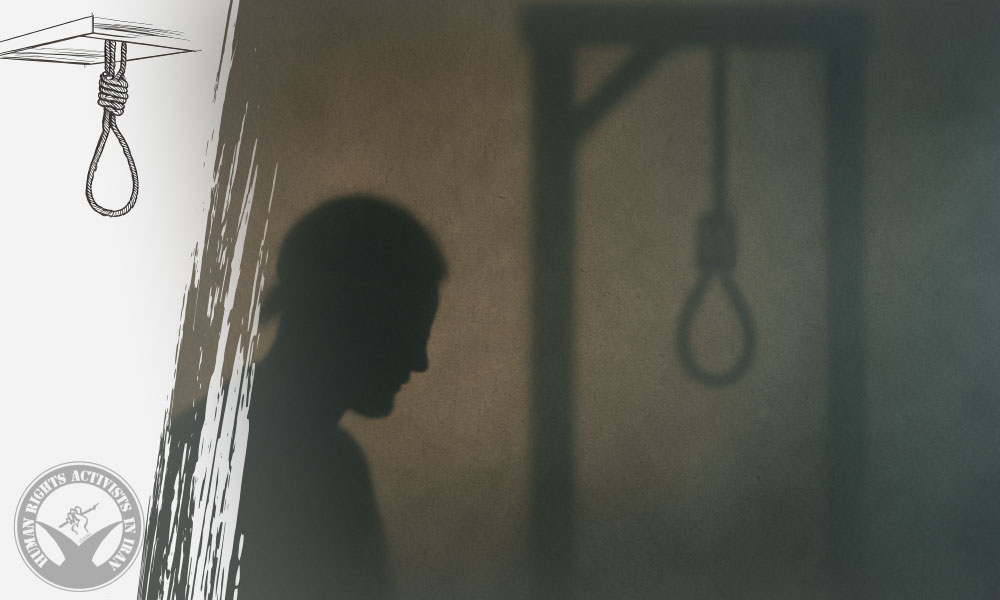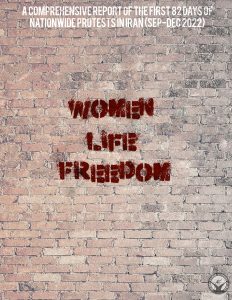HRANA- In continuation of the unprecedented surge in executions across Iran, over the past two days HRANA has documented the execution of ten more prisoners in different prisons throughout the country.
On Sunday, two prisoners were hanged in Khaf Prison, Razavi Khorasan province. HRANA has identified one of them as Farid Emami. Both individuals had previously been arrested on murder charges and later sentenced to death by the criminal court. Further details, including the identity of the other executed prisoner, are still under investigation by HRANA.
That same day, another prisoner named Mohammad Goudarzi was executed in Borujerd Prison on a murder charge.
HRANA also reported the execution of Moradbeig Turki in Kashan Prison. Mr. Turki had likewise been arrested on murder charges and sentenced to death by the criminal court.
Additionally, Nima Omidi Khas was hanged the same day in Bam Prison. Mr. Omidi Khas had previously been arrested on drug-related charges and sentenced to death by the Revolutionary Court.
On Monday, November 10, Dastgerd Prison in Isfahan witnessed the execution of two prisoners convicted on drug-related charges. HRANA has identified one of them as Saeed Shateri.
Also on Monday, an unidentified prisoner was executed in Neyshabur Prison on murder charges.
That same day, Javad Naeimi was executed in Semnan Prison; he had been convicted of murder.
Finally, on Monday, Nourkhoda Ahmadi was executed in Birjand Prison on drug-related charges.
As of the time of this report, the executions of these prisoners have not yet been announced by prison officials or judicial authorities.





